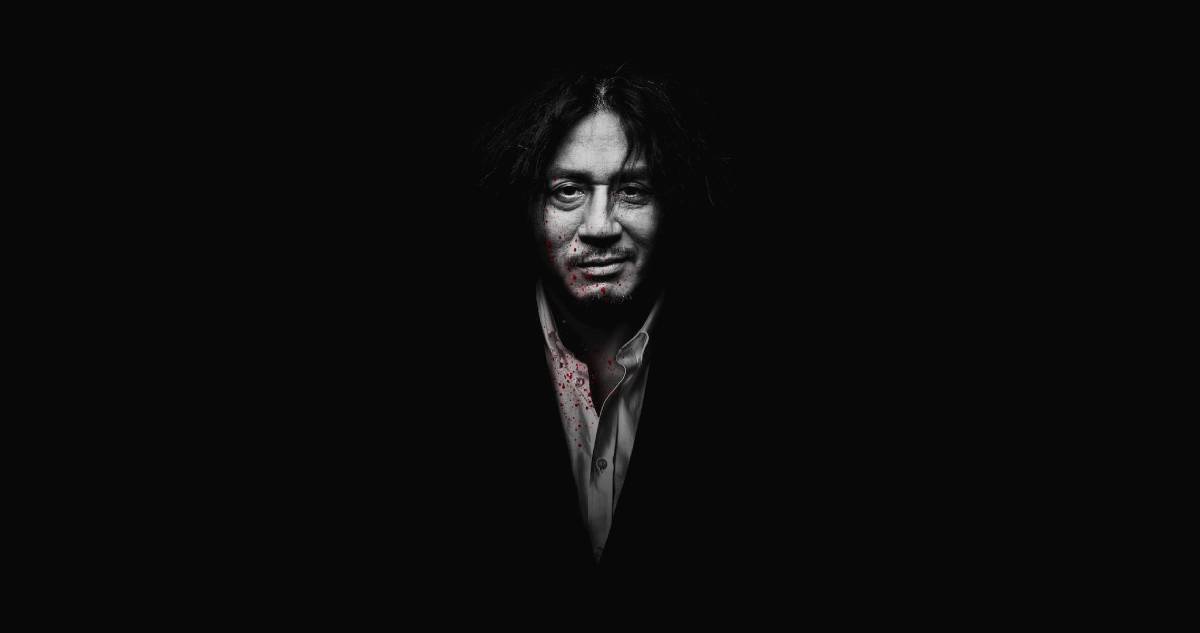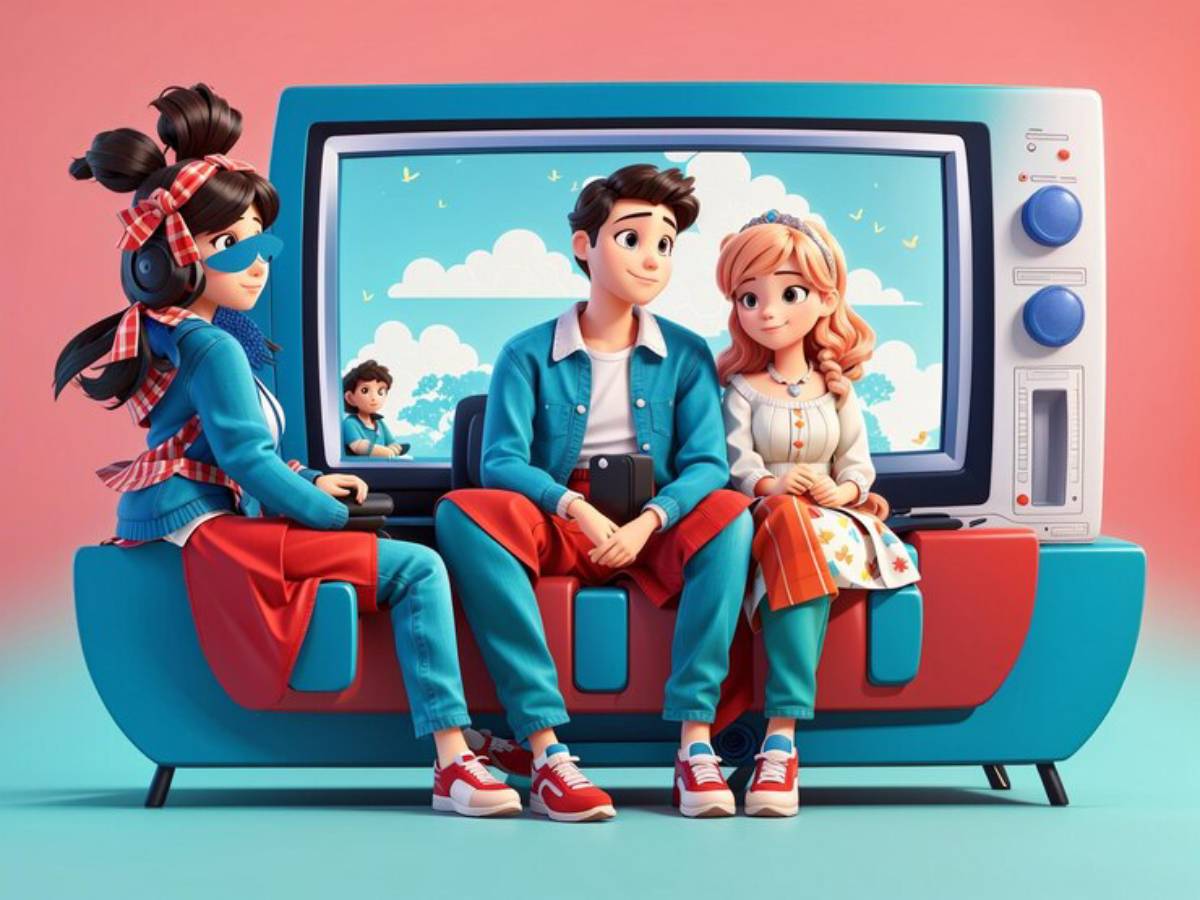
The Evolution of Animation in Movies & TV
Animation and visual effects have long been integral to the world of cinema and television. Animation has come a long way. It started with hand-drawn images and now includes computer-generated imagery (CGI). This change has been revolutionary. This blog explores the exciting journey of animation. It looks at the history of visual effects and how animation has shaped cinema.
The world of animation is a constantly evolving landscape, where creativity meets technology to bring stories to life. Animation has changed a lot over the years. It went from simple sketches to amazing digital art. This evolution has fascinated people all around the world. This evolution shows how technology has advanced. It also reflects new artistic visions and storytelling methods.
This article will look at the main milestones in animation for movies and TV. We’ll highlight the importance of visual effects and the role of animation in film. By exploring this journey, we see how animation has changed the entertainment industry. It still influences it today.
Key Benefits / Why It Matters
The Birth of Animation: From Flipbooks to Silent Films
Animation started in the late 1800s. Devices like the zoetrope and flipbooks made it possible. They created the illusion of movement by showing a series of images in order. These early inventions laid the groundwork for what would become a major art form. The advent of silent films in the early 20th century saw animation take its first steps into the cinematic world.
J. Stuart Blackton was an early pioneer of animation. He created one of the first animated films, “Humorous Phases of Funny Faces,” in 1906. This short film used stop-motion to bring chalkboard drawings to life. It marks an important step in the evolution of animation.
The Golden Age of Animation: Walt Disney and Beyond
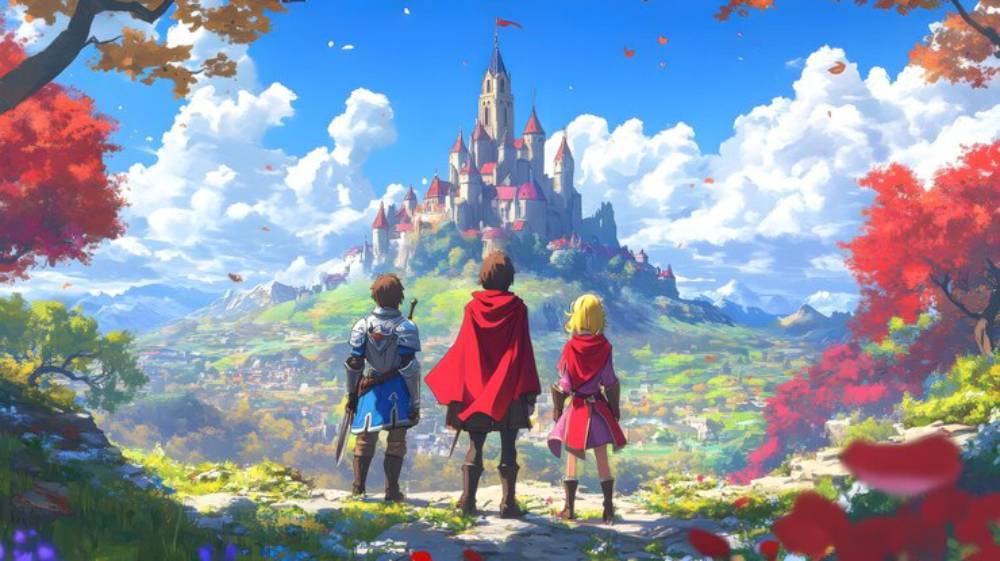
The 1930s and 1940s are known as the Golden Age of Animation. During this time, iconic characters emerged, and new techniques were developed. Walt Disney was key during this time. He introduced Mickey Mouse and made the first full-length animated film, “Snow White and the Seven Dwarfs,” in 1937.
Disney’s innovations in animation, such as the use of cel animation and synchronised sound, set new standards for the industry. The success of Disney’s films paved the way for other studios to explore animation, leading to a surge in animated content. This period also witnessed the emergence of Warner Bros.’ Looney Tunes, bringing beloved characters like Bugs Bunny and Daffy Duck to life.
The Advent of Television: Animation Enters the Living Room
The post-war era saw the rise of television as a dominant medium, providing a new platform for animated content. Shows like “The Flintstones” and “The Jetsons” became famous. They brought animation to more people. This shift marked a significant moment in visual effects history as animation in cinema expanded to embrace the small screen.
Television animation brought with it new challenges and opportunities. The need to cut costs led to limited animation techniques. These techniques use fewer frames to show movement. TV animation thrived despite its limits. It created an iconic series that still connects with audiences today.
Additional Expert Tips & Common Mistakes to Avoid
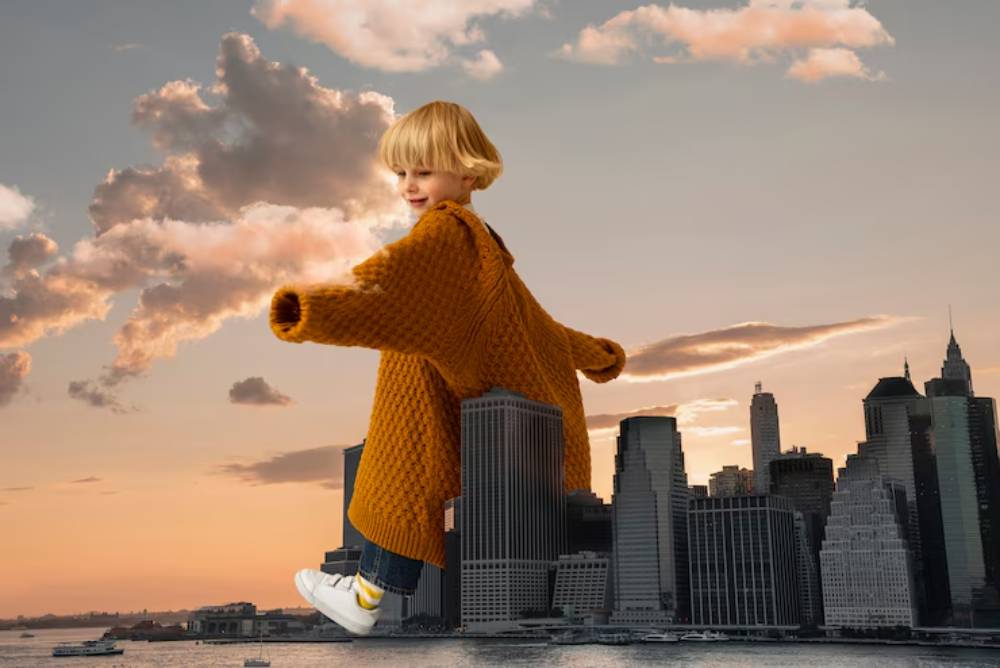
The Digital Revolution: CGI and the Rise of 3D Animation
The late 20th century saw a digital revolution in animation. This change brought about the era of computer-generated imagery (CGI). This technological leap allowed animators to create more realistic and visually stunning worlds. The release of “Toy Story” in 1995 by Pixar was a key moment in animation. It was the first film made entirely with computer animation.
CGI changed storytelling. It lets filmmakers explore new creative limits. CGI combined with live-action footage is now a key part of modern cinema. It blurs the lines between reality and imagination. However, the over-reliance on CGI can sometimes lead to a loss of the unique charm that traditional animation offers.
The Importance of Storytelling: Balancing Technology with Narrative
Technology has changed animation, but storytelling still matters. A common mistake in the industry is prioritising visual effects over narrative depth. Successful animated films and TV shows strike a balance, using technology to enhance the story rather than overshadow it.
Animation is a powerful medium for conveying complex emotions and themes. Creators can make their work connect better with audiences. They should focus on character development and engaging stories. This approach not only enhances the viewing experience but also solidifies animation’s place as a respected art form.
Advanced Insights / Expert Recommendations
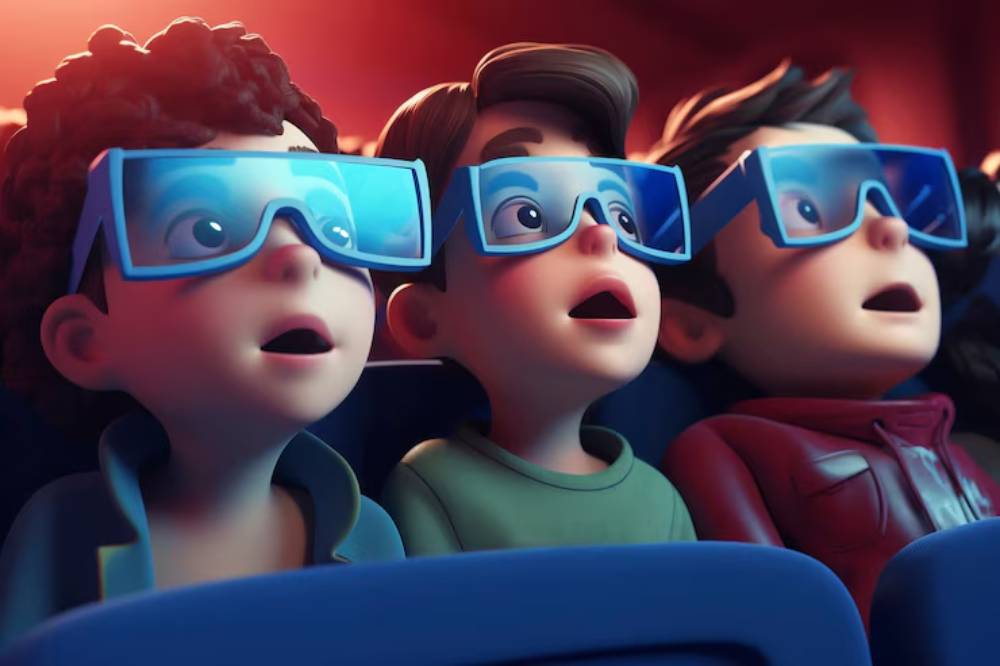
The Future of Animation: Embracing Diversity and Innovation
As we look to the future, the evolution of animation continues to be driven by innovation and diversity. The industry is welcoming more diverse voices and stories. This shows a wider variety of experiences and cultures. This shift is not only enriching the content but also expanding the global appeal of animated works.
Also, new technology like virtual reality (VR) and augmented reality (AR) is creating fresh opportunities for animation. Immersive technologies bring new ways to tell stories. They let audiences connect with content like never before. As the industry evolves, the potential for animation to inspire and entertain remains limitless.
Conclusion: Celebrating the Past, Embracing the Future of Animation
The evolution of animation in movies and TV is a testament to the power of creativity and innovation. Animation has come a long way, from simple beginnings to the digital age. It keeps pushing what’s possible and captivates audiences with its magic and artistry. Let’s celebrate the rich history of visual effects and animation in cinema. We must also embrace the opportunities ahead.
If you love animation, knowing its history makes it even more enjoyable. Whether you want to create or just watch, this journey is important. Let’s celebrate the past of animation, enjoy its present, and look forward to a future full of possibilities.
What are your favourite animated films or TV shows, and how have they impacted your perception of animation? Share your thoughts and join the conversation as we explore the ever-evolving world of animation together.
